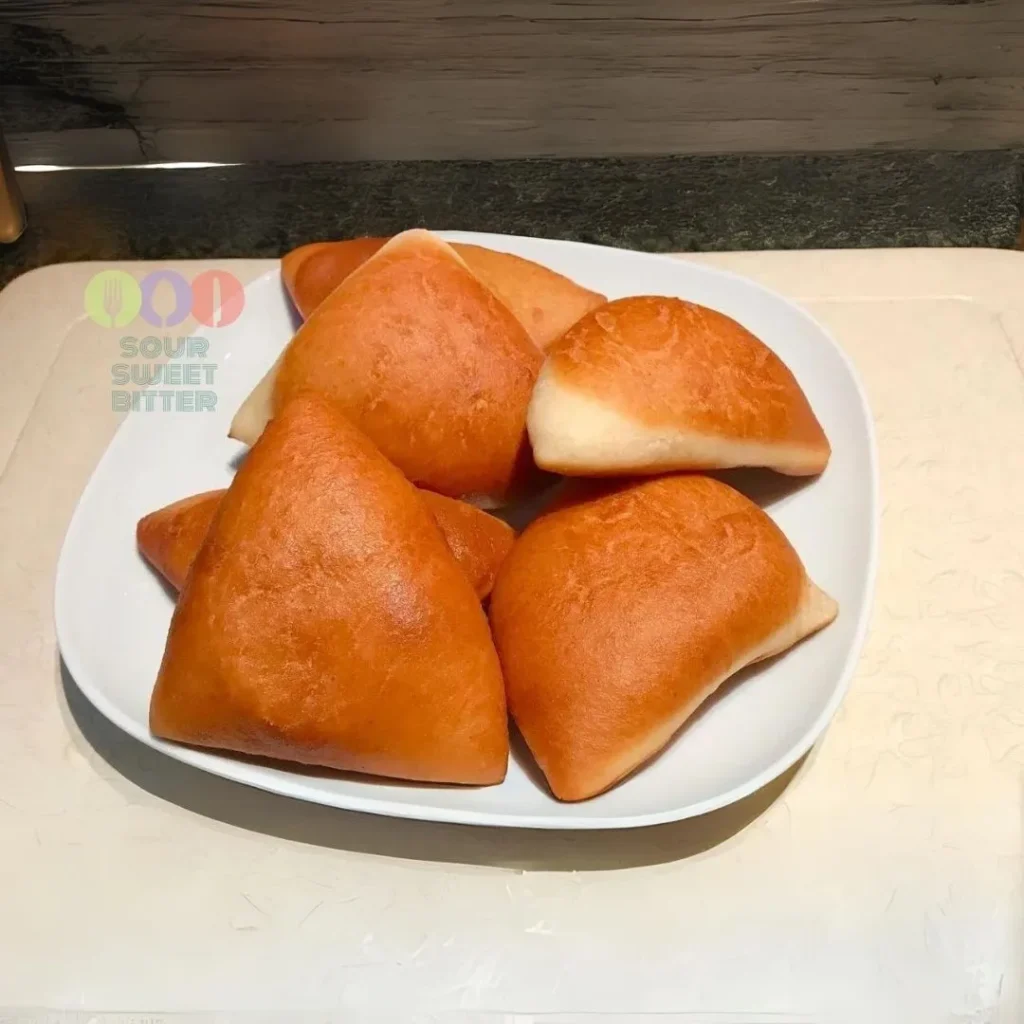
Kenyan Mahamri

Mahamri: A Sweet and Fluffy Delight from Kenya's Swahili Coast
Mahamri is a beloved fried bread from Kenya's coastal regions, especially enjoyed by the Swahili community. Known for its soft, airy texture and mildly sweet flavor, this bread is a favorite for breakfast or tea time in many Kenyan households. With its unique blend of coconut milk and cardamom, Mahamri offers a rich taste and aromatic experience. Let’s explore the cultural importance, variations, and ways to enjoy this delightful treat.
Cultural Importance on the Swahili Coast
Mahamri plays a significant role in the culture of Kenya's Swahili coast. It is often served during special occasions such as weddings, religious celebrations, and family gatherings. This bread symbolizes hospitality and togetherness. The tradition of making and sharing Mahamri has been passed down through generations, reflecting the deep-rooted cultural heritage of coastal communities. Sharing this treat strengthens social bonds and fosters a sense of community.
What Makes Mahamri Unique?
What sets Mahamri apart is its soft texture and subtle sweetness. The dough, enriched with coconut milk, gives it a creamy richness not found in other types of fried bread. The addition of cardamom provides a unique flavor—sweet, warm, and slightly spicy. This combination of flavors and textures makes Mahamri not only delicious but also satisfying, appealing to a wide range of tastes.
Regional Variations and Ingredients
While the basic recipe includes flour, yeast, sugar, cardamom, and coconut milk, different regions in Kenya add their own twist. Some cooks use a hint of cinnamon or nutmeg for extra warmth. Others incorporate whole wheat flour or a mix of flours for a healthier version with a slightly different texture. These regional variations showcase the versatility of this bread and its ability to cater to diverse tastes and dietary preferences.
How to Enjoy This Kenyan Treat
People in Kenya enjoy Mahamri in various ways. It’s a popular choice for breakfast or a snack during tea time, often paired with a hot cup of chai or coffee. Some prefer it with "Mbaazi," a coconut-based pigeon pea stew, creating a more filling meal. The soft, fluffy bread pairs well with the creamy, savory flavors of the stew, providing a delightful contrast.
Reasons to Try Mahamri
This traditional bread is a must-try for anyone interested in exploring African cuisine. Its unique flavor profile—combining coconut, cardamom, and a hint of sweetness—makes it a standout dish. As global interest in diverse cuisines grows, Mahamri offers a taste of Kenya’s rich culinary heritage. Whether you enjoy it at a coastal café or make it at home, this bread provides a delicious way to experience Kenyan culture.
Mahamri’s Growing International Appeal
In recent years, Mahamri has gained popularity beyond Kenya’s borders, capturing the interest of food lovers worldwide. Its unique taste and cultural significance have made it a popular item in African restaurants globally. Chefs and food bloggers are also experimenting with it in fusion recipes, further enhancing its appeal to a broader audience.
Health Benefits of Enjoying Mahamri
Although Mahamri is often seen as a treat, it can be part of a balanced diet when enjoyed in moderation. The coconut milk used in the dough adds healthy fats, which are essential for energy and cell function. Additionally, spices like cardamom have antioxidant properties that can benefit overall health. Pairing Mahamri with fresh fruit or legumes can help keep your diet balanced.
Conclusion
Mahamri is more than just a type of fried bread; it embodies the spirit and flavors of Kenya's Swahili coast. Its fluffy texture, aromatic spices, and subtle sweetness make it a cherished part of the local cuisine. Whether you enjoy it with tea, alongside a savory stew, or simply on its own, Mahamri provides a unique culinary experience. As interest in African cuisine continues to grow, this bread stands out as a delicious way to savor Kenya’s vibrant food culture.
Discover Traditional Kenyan Recipes Discover Traditional Recipes from Africa- 2 cups all-purpose flour
- 1/2 cup coconut milk
- 1/4 cup sugar
- 1 tsp active dry yeast
- 1/4 tsp ground cardamom
- 1 pinch salt
- 1/2 cup warm water (adjust as needed)
- vegetable oil (for frying)
- In a small bowl, combine the warm water, 1 tablespoon of sugar, and the active dry yeast. Stir gently and let it sit for about 5-10 minutes until the mixture becomes frothy. This indicates that the yeast is active.
- In a large mixing bowl, combine the flour, remaining sugar, ground cardamom, and salt. Mix well to ensure the dry ingredients are evenly distributed. Add the coconut milk and the activated yeast mixture to the dry ingredients. Mix everything together until a dough starts to form.
- Transfer the dough to a lightly floured surface and knead for about 8-10 minutes until it becomes smooth and elastic. If the dough is too sticky, add a little more flour; if it’s too dry, add a small amount of warm water.
- Place the kneaded dough in a lightly greased bowl, cover it with a damp cloth or plastic wrap, and let it rise in a warm place for about 1-2 hours or until it doubles in size.
- Once the dough has risen, punch it down to release the air. Divide the dough into small, equal-sized balls (about the size of a golf ball). Roll each ball into a circle or oval shape on a lightly floured surface, about 1/4 inch thick.
In a deep frying pan or pot, heat vegetable oil over medium heat until it reaches about 175°C. You can test the oil by dropping a small piece of dough into it—if it sizzles and rises to the surface, the oil is ready.
- Carefully place a few pieces of shaped dough into the hot oil, making sure not to overcrowd the pan. Fry each piece for about 1-2 minutes on each side, or until they puff up and turn golden brown.
- Remove the fried Mahamri from the oil using a slotted spoon and place them on a plate lined with paper towels to drain excess oil. Repeat the frying process with the remaining dough.
Serve the Mahamri warm with a side of tea or coffee. They can also be enjoyed with a side of coconut chutney, fruit, or even as a side dish with stews.
Your Kenyan Mahamri is ready. Karibu chakula!
Tips:
- Ensure the oil is at the right temperature. If it’s too hot, the Mahamri will brown too quickly and remain uncooked inside.
- Mahamri are best eaten fresh, but you can store any leftovers in an airtight container for up to two days.




